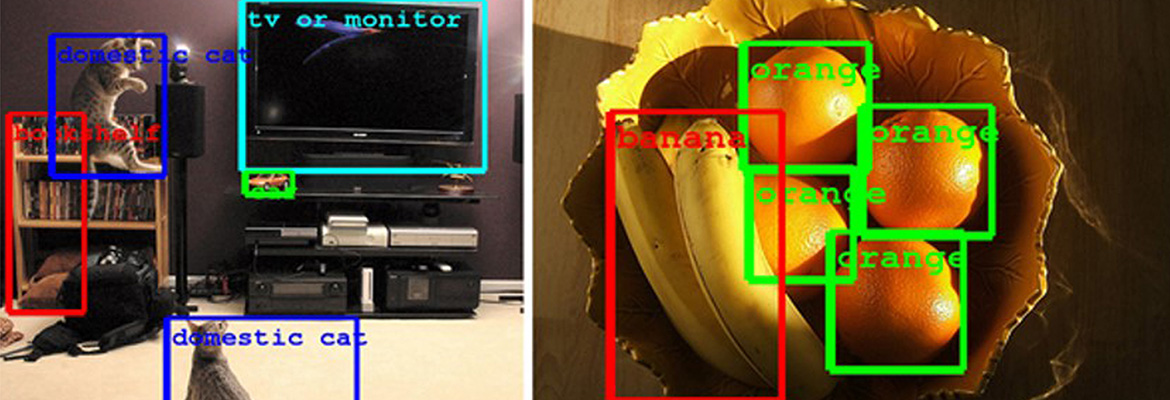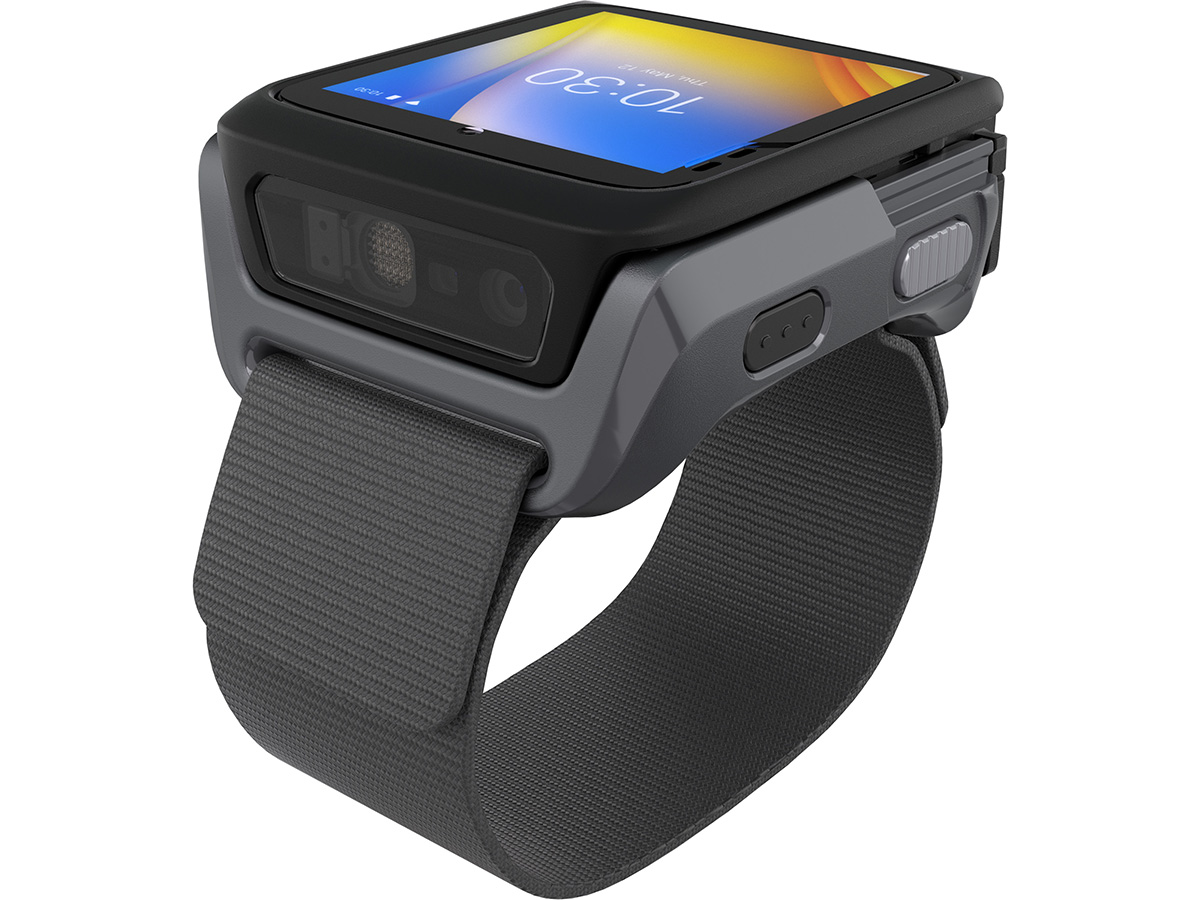Zebra Technologies: bringing computer vision and AI to market
Electronic Specifier’s Harry Fowle recently had the opportunity to speak with Zebra Technologies at its London Innovation and Design Studio where research on computer vision and AI is being brought to market.
Here, Stuart Hubbard, Senior Director of AI and Advanced Development at Zebra, Andrea Mirabile, Global Director of AI, Computer Vision, GenAI, ML, and Edge AI at Zebra, Ed Hackett, Industrial Design Manager at Zebra, and Professor Anil Barath, Imperial College London & Founder of Cortexica, were all on hand to give insights into what Zebra has been developing.
The zebra in plain sight
Zebra is one of those companies that whilst you may have not directly heard of them, you’ve certainly used one of their products. Ever used a retail scanner? Or perhaps gone through a self-checkout? Maybe you’ve recently had a medical scan? If so then you’ve more than likely utilised a Zebra product without even realising.
Zebra specialises in technology that enables real-time sensing, analysis, and action. With innovative marking, tracking, and computer printing technologies, Zebra has a wide product portfolio that encompasses almost all aspects of the industries it is involved in, including mobile computers, tablets, thermal barcode label and receipt printers, and RFID smart label printers/encoders. The company's solutions are essential in various sectors, notably retail, healthcare, transportation and logistics, and manufacturing, aiding in asset management and operational efficiency.
Expanding into AI and computer vision
With AI taking the world by storm and advancing at a rapid rate, it is no surprise that Zebra are developing its own implementations of the technology into its solutions, across all of its portfolio. With a focus on the end-user experience and creating a line of products that can enable efficiency with an ergonomic design, the current key development is all around expanding on computer vision as a core part of design. Add a layer of AI assistance on this, and an array of other AI solutions such as LLMs, and it becomes clear that Zebra is working towards a total AI-enabled suite for its customers.
Whilst Zebra do work across many industries such as manufacturing, transport and logistics, inspection, and medical, to keep things manageable, the scope of these discussions was trained on retail solutions.

The expansion of computer vision
Computer vision has been a constantly evolving technology since the early 2000s, with key hurdles that had to be overcome to ever bring the technology to life, let alone to market. As Prof. Bharath explained, early instances of computer vision struggled with fundamentals such as contrast or orientation. To solve such problems, we had to look at our own brains’ method of deciphering these factors and implement them into the technology. By learning how our brain processes visual stimulants, we could create algorithms to do the same, refine them, and develop accurate computer vision which can differentiate between contrasts, physical barriers, image noise, colour, shape, and everything in between.
These algorithms, once paired with effective computing solutions could then be trained in specific use-cases for different industries, each more complex than the last. From medical to branding exposure, aerospace to robotics, the use cases for this technology are plentiful and crucial.
Zebra has been able to utilise these developments in a wide range of its solutions. In the retail world, scanners can utilise computer vision to identify gaps and errors on the shelf, or 3d scan objects and identify them as the customer goes through self-checkout. These solutions are being developed and deployed both on-device and via the Cloud, depending on use-case and customer needs. Creating these devices enabled with computer vision on a use-case basis is a powerful tool which is driving efficiency in these sectors.

WS5001-0 Zebra WS50 RFID wearable computer
The implementation of AI
Zebra has also been heavily involved with the development and use of AI within its solutions, noting that there are over 50 key areas of implementation for the technology across vision, voice, automation, and software.
One of these key developments in the pipeline is the use of generative AI and large language models to aid frontline workers within many industries. Deploying these powerful technologies on-device in an intuitive and efficient manner is what Zebra are currently striving for. In the retail example, each front-line worker could be given a handheld device that has generative AI solutions on-board to answer queries in real-time or manage concerns such as holiday, stock information, or customer service information. Doing so means that less time is spent chasing management or finding out information and more time is spent learning on the job and solving problems.
AI is also being put to use on the data front, it being a fantastic tool to sort and manage data at an incredibly efficient speed.

Marrying technologies
For Zebra these technologies are not solitary, and it is the marrying of them which enables the strongest outcomes. One example of this process is Zebra’s vision-enabled checkout system, which utilises both areas of the technology to provide a complete comprehensive solution. computer vision is utilised for the core of the checkout system, analysing, and identifying the product, which generates data which can then be sorted by AI into databases for further uses.
These databases are constantly learning from the inputs they are fed, which can then be used across the entire network. This enables constant improvements and adaptability for the solutions. For example, if a retail item swaps packaging, perhaps for a seasonal event, then after 5-10 inputs the system can entirely adapt to the change without any additional inputs needed. This analysis isn’t just useful for data, given the process of checkout using the method it is also tackling one of retail biggest problems, loss prevention, making sure that item swaps or false barcodes cannot take place.
Empowering the customer
The joint operation of AI and computer vision creates new high-value applications, and Zebra is actively encouraging this. The team at Zebra have developed a toolset to enable its customers to experience this approach in a wide array of industries. With an SDK-mindset, this toolset gives the customer the power to develop solutions themselves.
Zebra’s platform and library of tools help to lower the cost, and importantly the challenge, of entry into this system. By combining different ecosystems one unified platform can be created, enabling data and solutions that can be utilised across multiple areas of an organisation.
Once again coming back to the retail example, everything from checkout, smart carts, stock and inventory management, loss prevention, and customer support can all be merged into one umbrella to provide improvements across the board.


